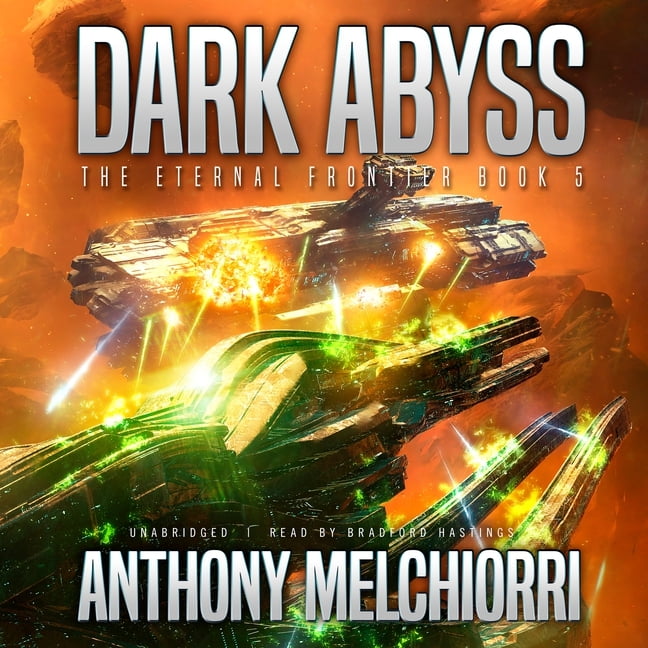

The Eternal Frontier, theatrically divided into five "Acts", describes in vivid prose how the flora and fauna of modern North America emerged from the ashes of this catastrophe.įlannery advances a refreshingly simple argument based on the region's unique geographical configuration. The "impact winter" that followed this event destroyed much of the world's vegetation cover as well as the dinosaurs, the giants that had hitherto dominated the globe. Tim Flannery, a distinguished Australian palaeontologist, has written a fascinating "ecological history" of North America, beginning with that cataclysmic moment 65m years ago when the giant Chicxulub asteroid smashed into the shallow waters of the Bearpaw Sea north of what is now the Yucatan peninsula in Mexico. In their very different ways, these two books provide invaluable and suitably ambitious historical commentaries on the rise and ultimate triumph of the American way of life. Despite set-backs and the lengthy paralysis of the cold war, the US entered the new millennium as the unchallenged global superpower, following a record-breaking period of economic growth.

Luce's famous observation, made at the darkest moment of the second world war, has proved correct. Sixty years ago, Henry Luce, the redoubtable publisher of Life magazine, argued that the 20th century would be seen by posterity as "the American century". The Oxford Companion to United States History The Eternal Frontier: An Ecological History of North America and its Peoples


 0 kommentar(er)
0 kommentar(er)
